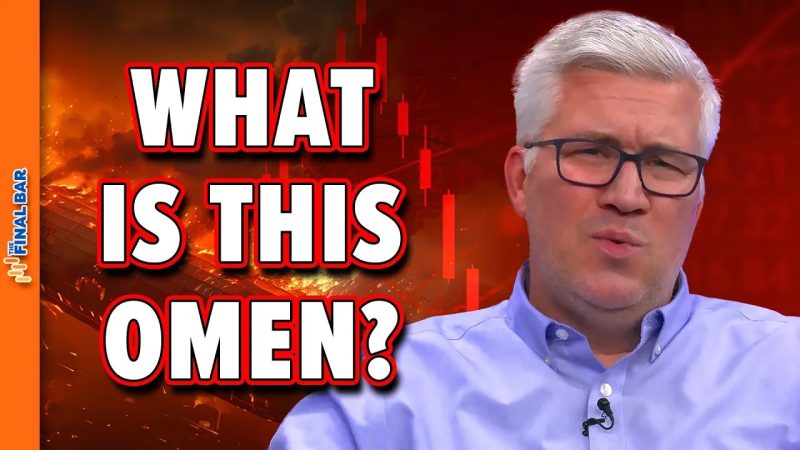The Hindenburg Omen: Myths, Realities, and Long-Term Impact
Understanding market indicators and signals can be a daunting task for both seasoned investors and beginners alike. One of the more infamous indicators is the Hindenburg Omen, a technical analysis pattern that is believed by some to signal an impending stock market crash. In this article, we will delve into the truth behind the Hindenburg Omen, its effects on the market, and its duration.
Origins and Components of the Hindenburg Omen
The Hindenburg Omen takes its name from the Hindenburg airship disaster in 1937, drawing a parallel between the crash of the airship and potential market crashes. This indicator is based on a combination of factors that include a high number of new highs and new lows in the stock market, high volatility, and market breadth. When these conditions are met, the Hindenburg Omen is said to be triggered, suggesting that the market is at a heightened risk of a severe downturn.
Myths and Misconceptions Surrounding the Hindenburg Omen
Despite its popularity among some traders and analysts, the Hindenburg Omen has been widely criticized for its lack of reliability and predictive power. Many argue that the conditions for the omen to trigger are too vague and that historical data shows no consistent correlation between the omen and market crashes. Critics also point out that the occurrence of a Hindenburg Omen does not always result in a significant market decline, further fueling skepticism about its accuracy.
Effects of the Hindenburg Omen on the Market
When news of a potential Hindenburg Omen reaches the market, it can lead to increased fear and uncertainty among investors. This heightened anxiety may result in short-term market volatility as traders react to the perceived risk of a market crash. However, it is essential to note that the market’s reaction to the omen can vary widely, with some instances leading to brief sell-offs followed by market recoveries, while others may coincide with more prolonged downturns.
Duration and Long-Term Impact of the Hindenburg Omen
The duration of the effects of a Hindenburg Omen can vary depending on the broader market conditions at the time of the signal. In cases where the omen triggers during a period of underlying market weakness, its impact may be more pronounced and prolonged. Conversely, if the market is resilient and fundamentals remain strong, the effects of the omen may dissipate quickly without leading to a sustained market decline.
In conclusion, while the Hindenburg Omen has gained a certain level of notoriety in the financial world, its predictive power remains highly disputed. Investors should approach market indicators with caution and consider a range of factors when making investment decisions. Keeping a diversified portfolio and maintaining a long-term perspective can help navigate market uncertainties, whether or not the ominous signals of the Hindenburg Omen are on the horizon.




























